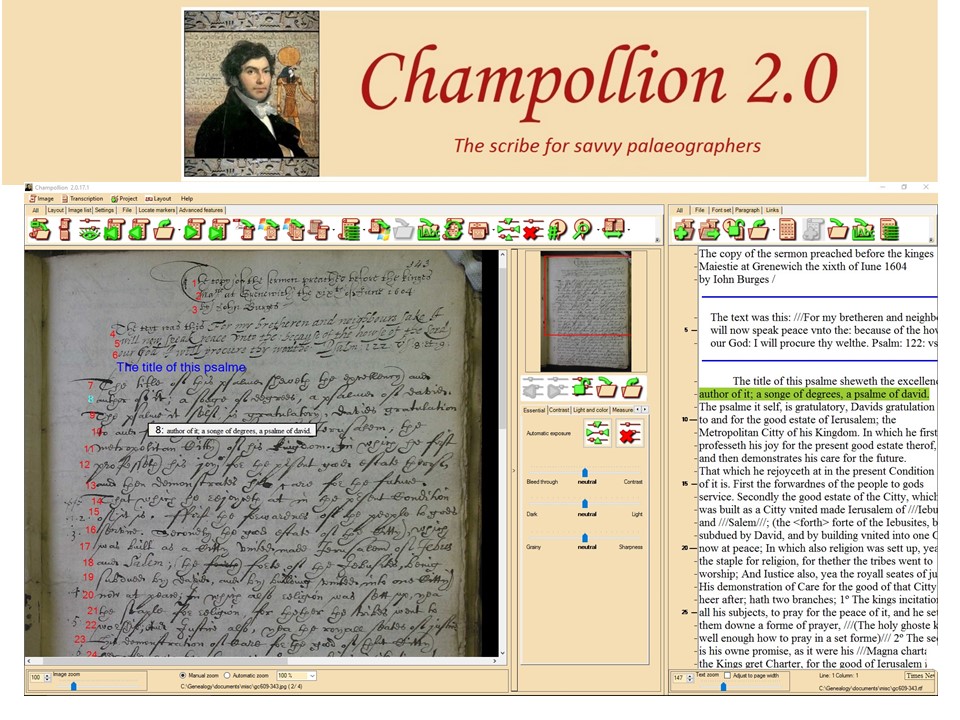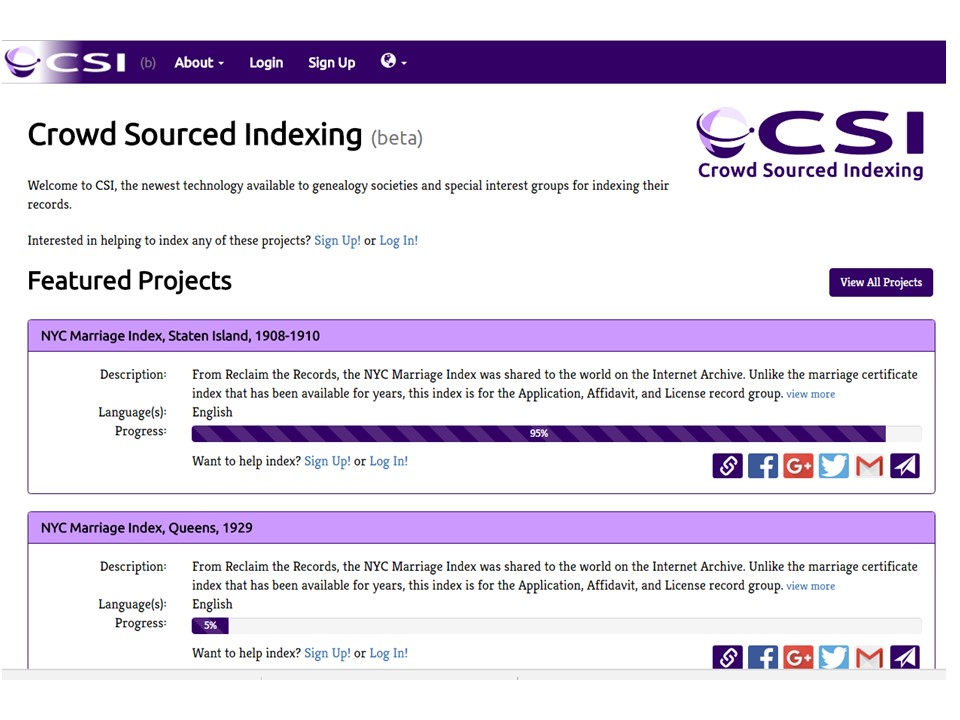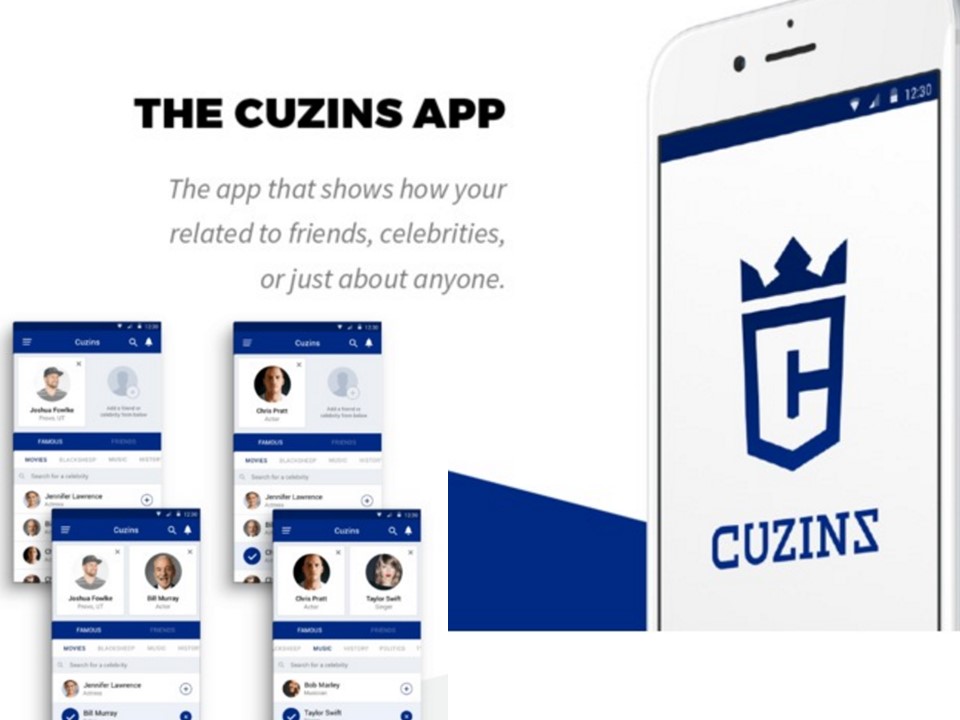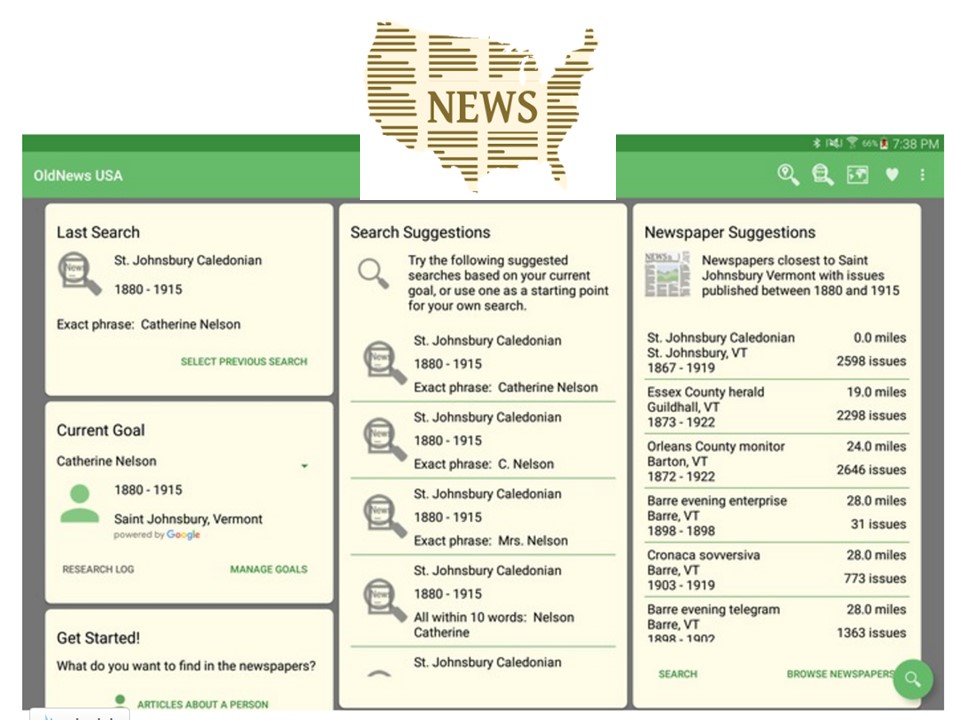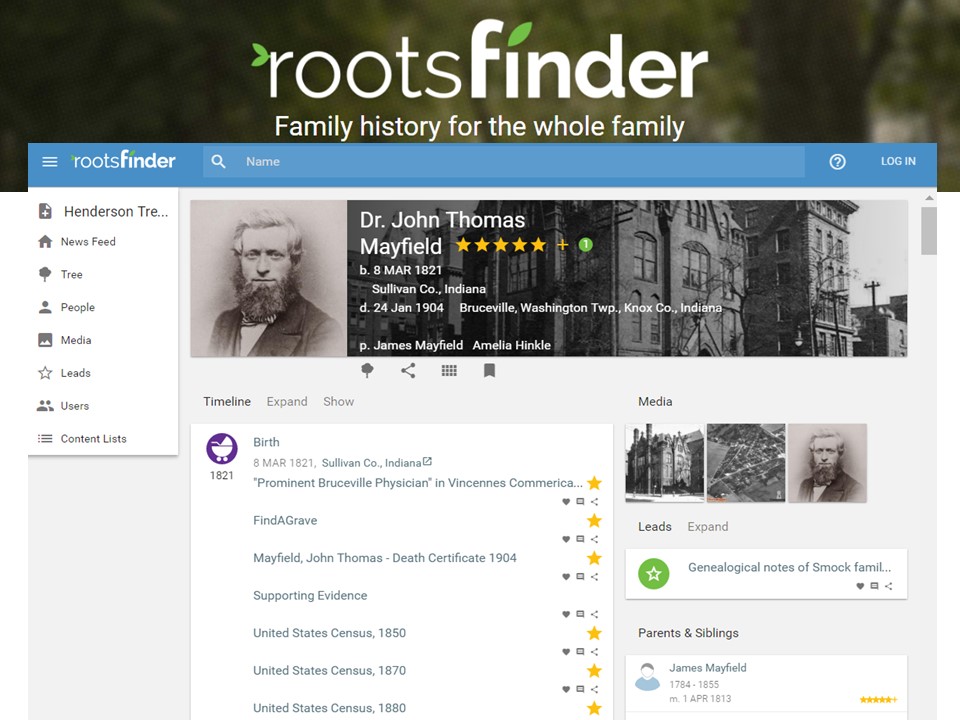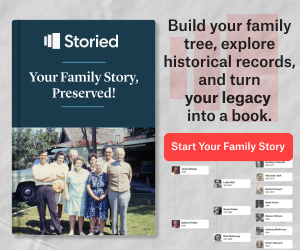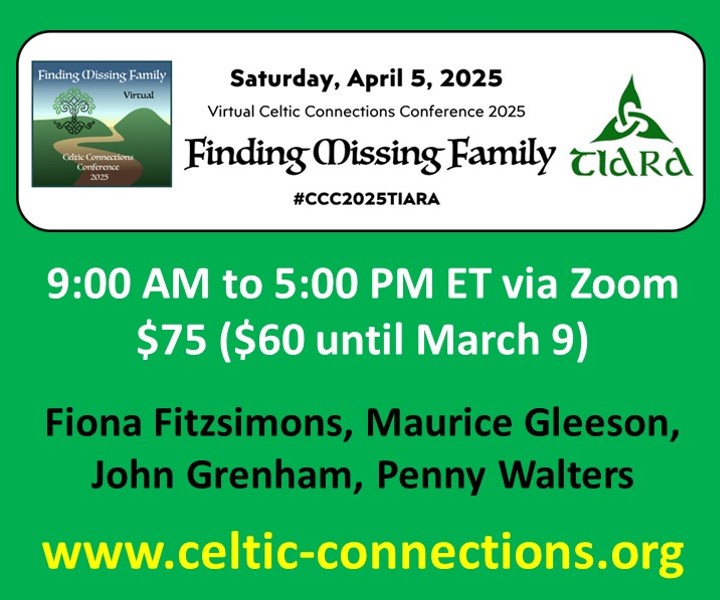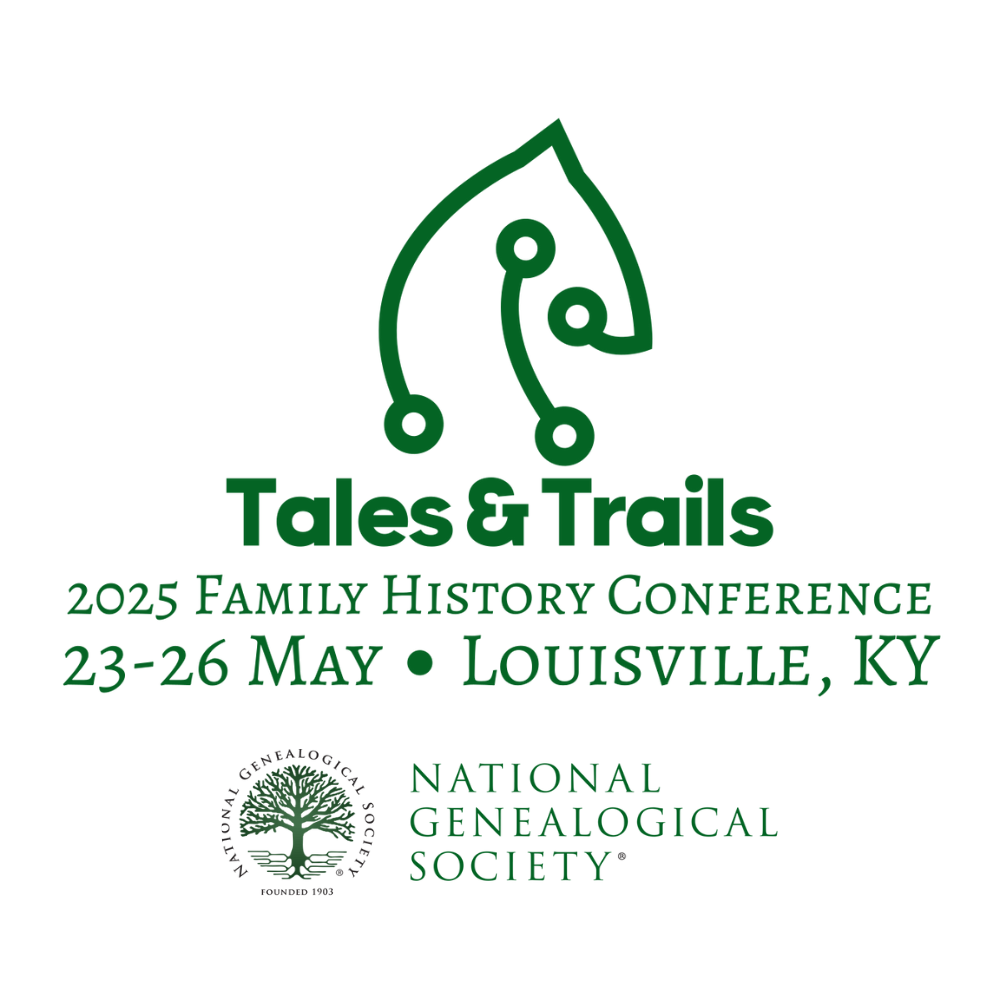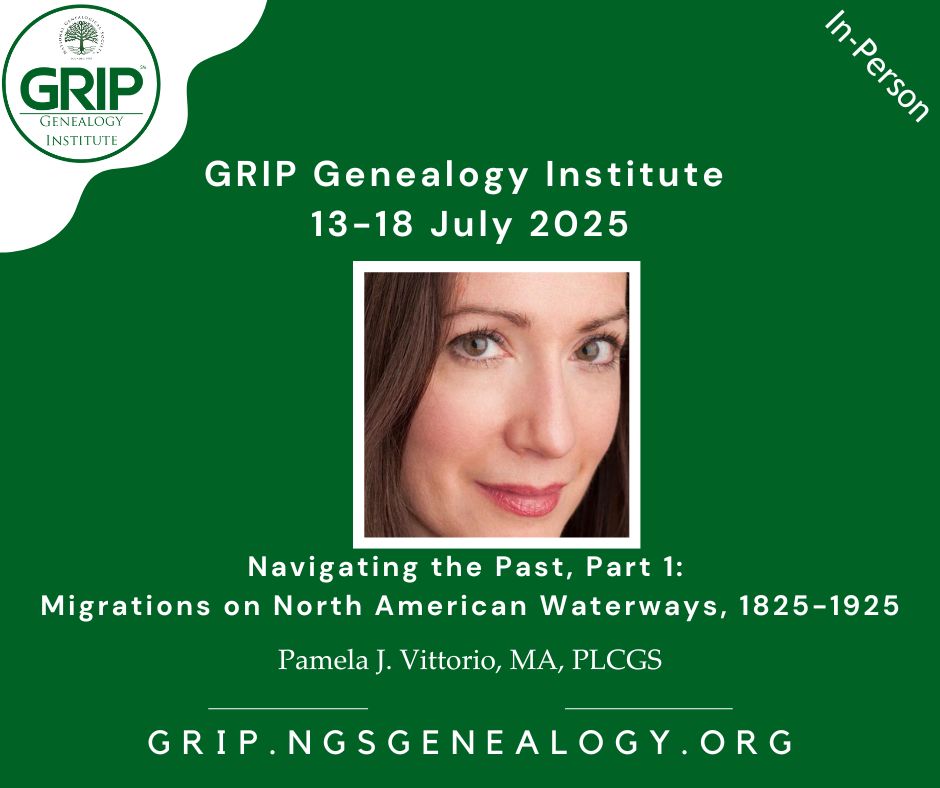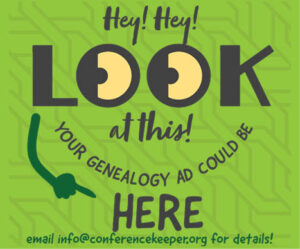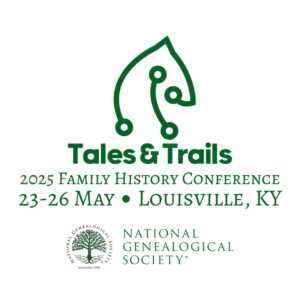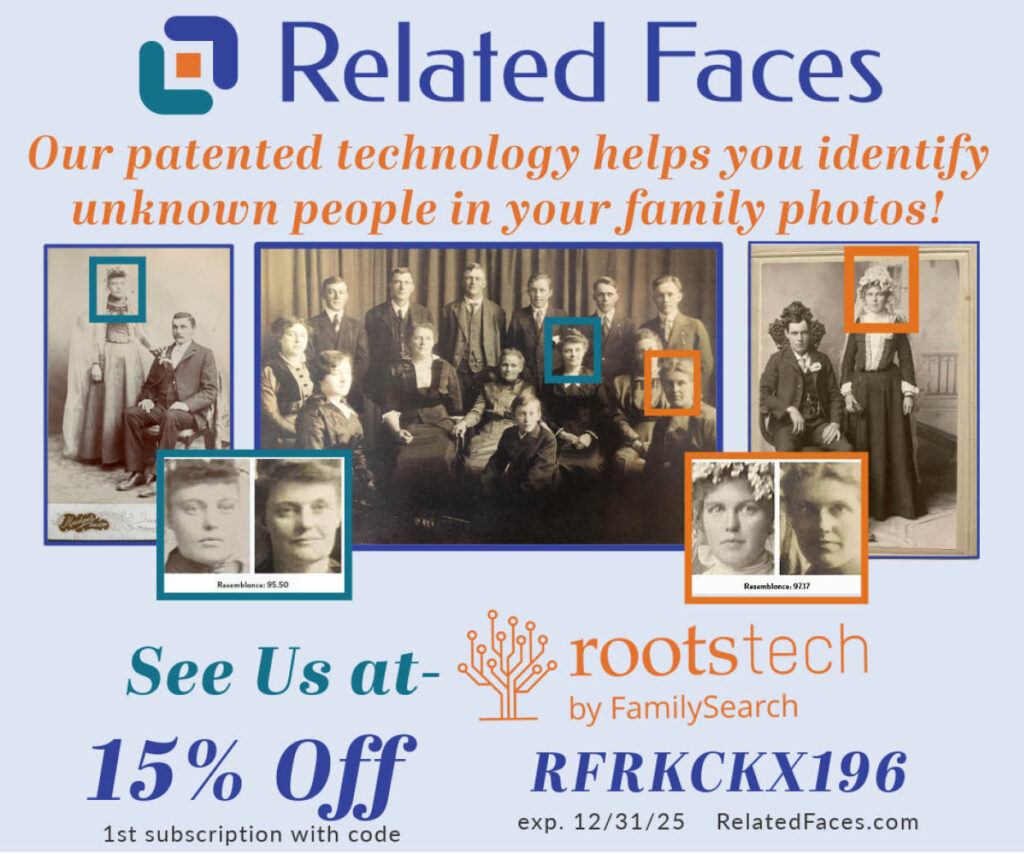One of the most exciting parts of the annual RootsTech genealogy & technology conference is discovering the new businesses and products that serve the genealogy community. RootsTech truly encourages business innovation for the family history market. The Wednesday before the opening of RootsTech on Thursday, is the Innovator Summit, a full day of classes and workshops designed to help innovators create, develop, and market products and services that will be beneficial to genealogical researchers of all skill levels.
In the fall prior to RootsTech, businesses and individuals are encouraged to submit their products to the Innovator Showdown. The many submissions are narrowed down to 10 semi-finalists prior to RootsTech. During the lunch hour of Wednesday’s Innovator Summit, those semi-finalists present their products, and the five finalists will be announced that evening.
The entries are judged based on four main areas:
- Family History: They must be directly or indirectly related to family history.
- Quality of Idea: They should be original and creative.
- Implementation of Idea: Consideration is given to how well the developer has met the goal of the product idea.
- Potential Impact: How will this submission affect the genealogy community, will it solve real problems, and will users find it helpful.
At this year’s 2017 RootsTech, the Innovator Showdown will be held on Friday, February 10, at 10:30 a.m, and will also be live-streamed at RootsTech.org. At this presentation, the finalists will pitch their ideas to a panel of judges who will decide the top three best, who will win big cash awards and valuable services to help further develop and promote their businesses. Additionally, the audience will vote via texting on the People’s Choice award, for the entrant they like the best.
A link to the Devpost pages for all of the semi-finalists can be found at the RootsTech website. But if you just want an overview of the semi-finalists, please read on. I’ve read about and tried out several of the contestants’ products, and here is a brief review of each. I encourage you to read more and try the products out yourself as applicable. They are always the best of the best, and don’t always hit the mainstream market.
Much of the following review is in my own words, however, some (usually indicated by quotation marks) is directly from the entrant’s own self-description. I have included screen shots or images from the companies, as well as a link to both the website and the DevPost description page for each entrant.
Champollion 2.0
“A scribe for savvy paleographers” created by Christophe Marin
First, what it is not: It is not an automatic transcription program.
What it is: A downloadable program that allows you to:
- View the image of a document side by side with its transcription
- Import PDF documents
- Improve readability of the image
- Directly annotate both documents
- Make the text interact with the manuscript
- Straighten and crop
- Several other features planned
If you work with original documents, you’ll appreciate this program. It allows you to see, edit, enhance, and work with both the image of the original record and the transcription, side by side. You can add numbers to each line, and annotate and more. Sign up for a 10 day free trial, after which the program costs approximately $75 US. Read more about Champollian 2.0 at the DevPost website.
CSI Crowd Sourced Indexing
Letting the world transcribe together
Created by Banai Lynn Feldstein
CSI provides a back-end tool for an indexing project for a society or other group. The project administrators provide the program with the information to get started, including the images and the fields they request to be indexed. Volunteers, anyone really, can sign up and sign in to the projects to index at any time. It is convenient, and encourages participation because of its ease of use. The CSI programming takes care of the details for the project administrator, tracking which documents/images have already been indexed, and how many remain. The CSI programming also makes it simple for volunteers to sign in, and helps them find projects in need of indexers.
The program is free. Read more at the DevPost page here, or feel like indexing? Easily sign in and try it out at http://csi.idogenealogy.com/
Cuzins
Now we’ve all got a famous relative.
Created by Jonathan & Joshua Fowlke
Cuzins is an app that will show you how you’re related to celebrities, living and dead; how celebrities are related to each other; and also how you’re related to friends, co-workers, or even spouses. I’m pretty certain that the app pulls the information from the FamilySearch database, although the information available didn’t clarify that. The app is free, but as of this writing, the download link didn’t appear to be working at the DevPost page.
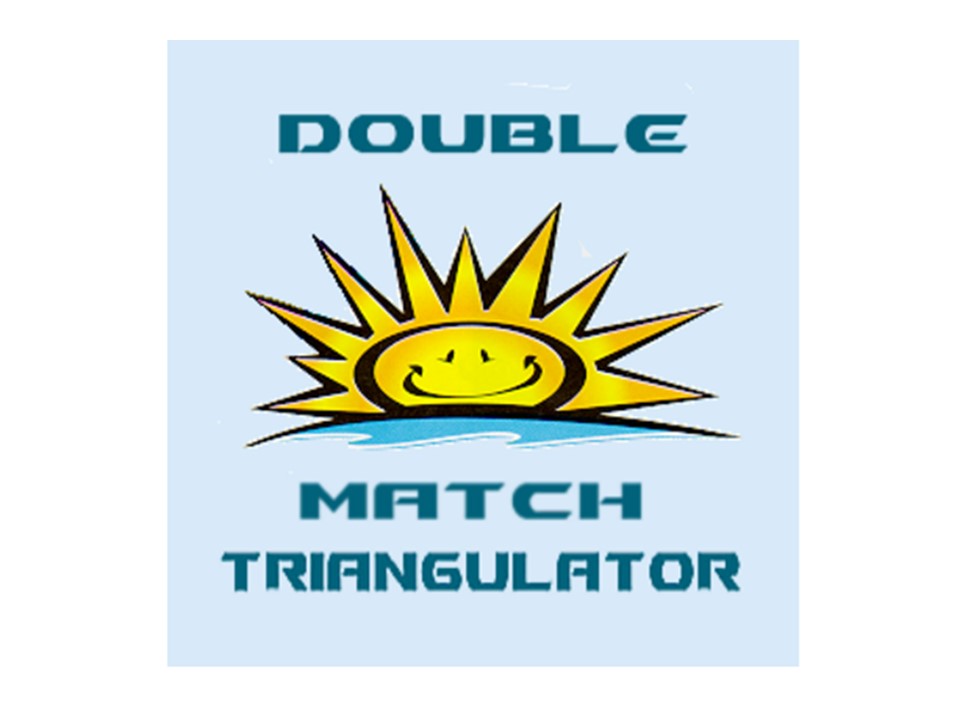 Double Match Triangulator
Double Match Triangulator
Forging New Frontiers in DNA Analysis
Created by Louis Kessler
To be fair, I am not a DNA guru, so I’m just going to copy the description of what the program does here, taken from the DevPost page: “Double Match Triangulator (DMT) combines two different people’s Chromosome Browser Results files from FamilyTreeDNA to provide Double Match and Triangulation data that can be used to help determine genealogical relationships. It loads the results into an Excel file along with a colorful map that helps the researcher visualize the matches and help to identify Triangulation Groups made up of people who could share a common ancestor, helping you to map your DNA segments to your ancestors.”
You can read the full DevPost description and backgrounder here, or check out the program yourself at the DMT website.
Emberall
Record the Story of Your Life
Created by Karen Corbitt, Kyle Corbitt, Sam Nelson
Emberall is an Android and/or iPhone app that guides you through an interview process to quickly record life or family histories. The videos are then stored in the cloud, not taking up memory on your phone. Multiple people can log into the same account and record videos in the same album. The program organizes your video clips, and lets you set up restrictions around who has access to them. Clips are also available for sharing on social media. Emberall also provides the ability to have everything compiled onto legacy DVDs that come in an attractive case.
Read more at the DevPost site, or at the Emberall website.
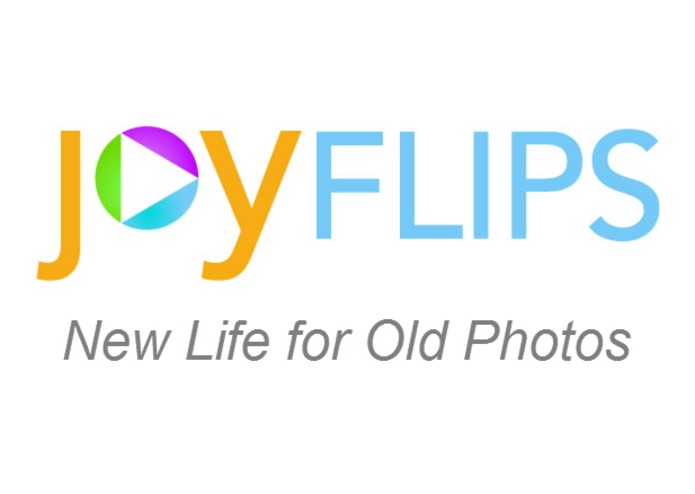
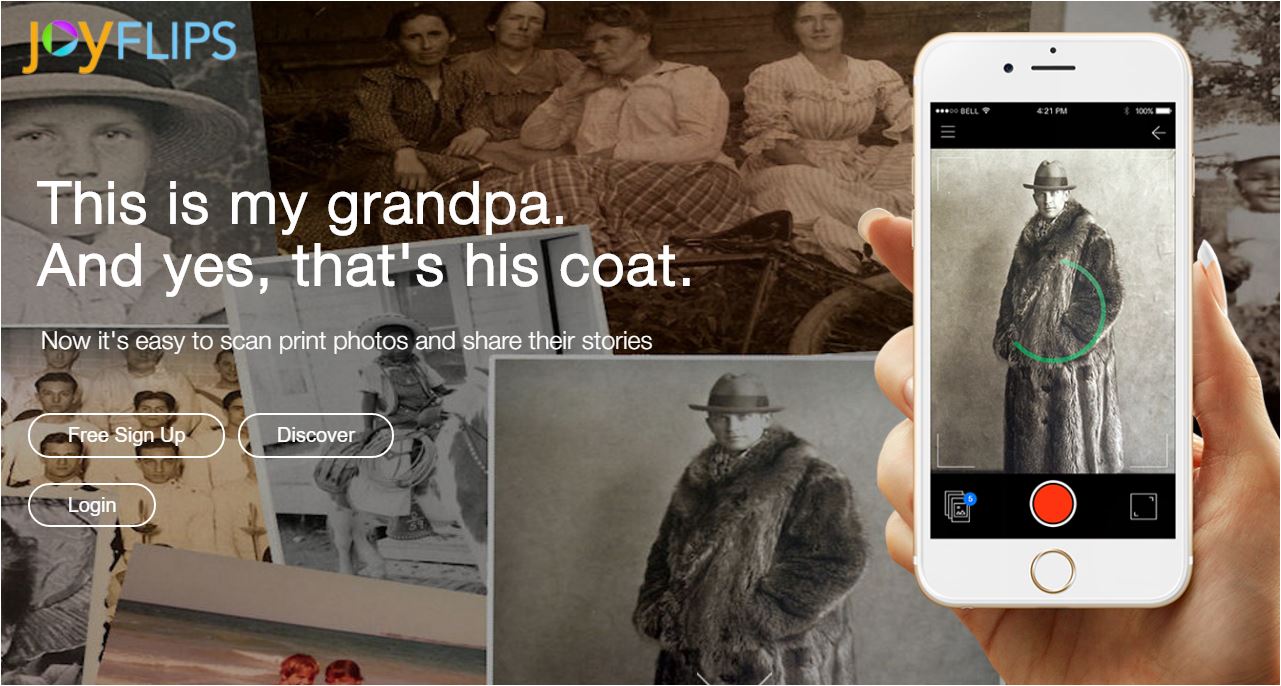
JoyFLIPS*
Connecting photos to your family history
Created by Vincent Titolo, Ken Leonard, Rob Salaverry, and Scott Shebby
JoyFLIPS is a free phone app (currently only iPhone) that easily and quickly makes high-quality scans of photographs, both loose and in albums. The name derives from the ability to literally flip through stacks of photos, scanning shoeboxes full in no time at all. The “flip side” button connects the scan of the back side of a photograph to that of the front side, so you never miss the messages left on the back of a photo.
Scanned photos can then be edited, adjusted, tagged, captioned and organized into albums for sharing. All photos are stored in the cloud, completely free, and unlimited, so even though your thousands of photos can be accessed quickly from your phone, they do not take up your phone’s memory. You can upload your photos directly from within the JoyFLIPS app to your FamilySearch account. Many more upgrades are on the near horizon, including an Android version, quick voice tagging while you’re scanning, the ability to turn voice captions directly to easily searchable text, and adding historical data & documents to profiles.
Read more at the DevPost page or download the app from the App Store.
Kindex
Search Every Word
Created by Cathy Gilmore, Kimball Clark
Kindex is an app that helps individuals, families and groups create archives of their record collections. The program creates the ability to gather digitized records into a single archive, making them accessible to those given access to transcribe, tag, search and share. Various account types available provide solutions based on the different needs of the users, from individual archives to groups or societies. Read more at the DevPost page, or try it out at the Kindex app’s webpage.
OldNews USA
The easiest way to find your family in historic newspapers – on your phone!
Created by Bill Nelson
OldNews USA is currently an Android-only app that improves the ease of search of the Library of Congress Chronicling America collection of over 11 million newspaper pages. OldNewsUSA uses the search parameters you enter (name, date range, location) to suggest newspapers most likely to contain articles of interest. It also will create and auto-populate search suggestions in the advanced search screens, which will contain suggested name variations. Searches are automatically saved. Features include automated source citations. The iOS version is scheduled to come out in 2017, and more historical newspapers are also scheduled to be added to the search database. OldNewsUSA says that once you use this phone app, you won’t want to search for newspapers on a computer again. I don’t have an Android device, so was unable to test out this claim. I’d love to hear your thoughts though!
Read more at the DevPost page, or check out the app at the website.
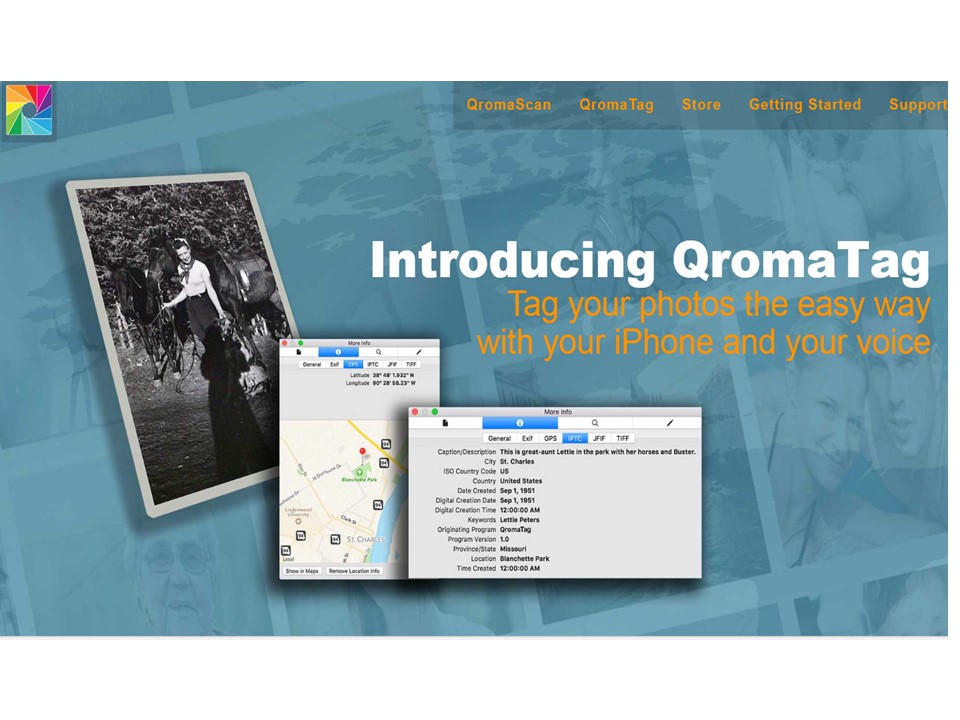
Qroma Tag
Created by Tony Knight
QromaTag is an iOS application that makes helps embed important photograph information and tagging, like names, dates and places, into your digital photos’ metadata, using voice and natural language. With QromaTag you can attach a description of of to 2,000 characters to any photograph, and because it works with all industry standard metadata applications, it should be safely stored within your digital photos information forever.
Read more background at the DevPost page or visit the website.
RootsFinder.com
Created by Heather Henderson
RootsFinder is an online family tree builder. It provides a very clean interface with lots of options for collecting, storing, and presenting your family history research. The add-on browser extension “RootsClipper” makes importing sources and information from other major genealogy websites to your tree extremely simple.
Honestly, my first thought was, ‘another online tree…’ but the more I poked around, the more I like it. From what I’ve seen, it is not only a very simple and intuitive layout, but also very powerful in all that it does, and all the ways it manipulates and presents your research data, photos and family information. To each profile and family page you can:
- Add pictures, documents, source citations, stories.
- Views either expand or minimize detail.
- Easily see your Content Lists (Evidence, Notes, Sources, Stories)
- View as tree, pedigree (multiple view options), individual profile, pinboard of media and more
- Link the same citation to several profiles rather than having to re-create it for each individual.
- Allows invited collaboration, but public viewing unless paid subscription.
Several price points are set, starting with (my favorite) Free. You also have the ability to keep your deceased trees private for a fee, starting at $34.95/yr. You can read more at the DevPost page, or at their website.
Even if you don’t go to RootsTech…
Watch the live streaming of the Innovator Showdown on Friday morning and watch the judges interview the finalists and choose the winners. I think (I might be wrong) that you will be able to text in your choice for People’s Choice too.
…
*Disclaimer: I’ve been on the JoyFLIPS beta team for nearly a year now. I’ve tried to be completely objective in my review, but feel free to ask me what I really think 🙂

